We are excited to announce our $2M seed round led by Joa Capital.
Read Now
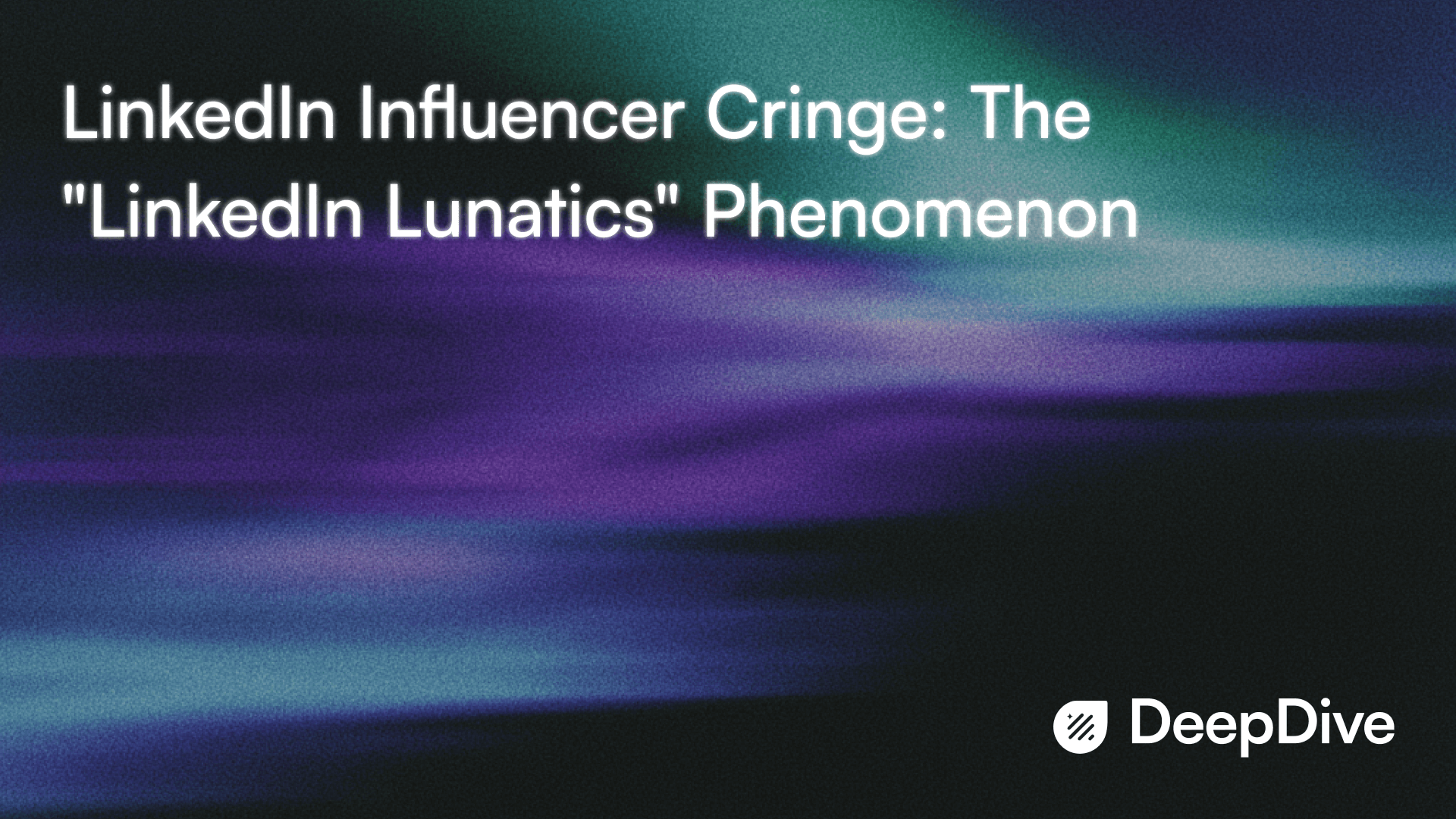
October 26, 2025
Syed Mohammad Sharfuzzaman Nayeem
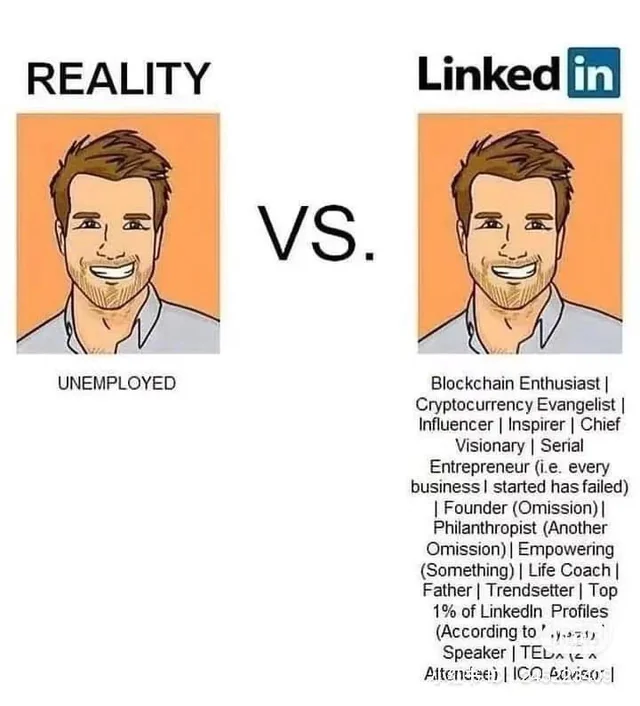
“Yesterday, a janitor taught me the true meaning of leadership.
He looked at me, mop in hand, and said, ‘You don’t clean floors, you elevate spaces.’
That’s when I realized….leadership starts with humility.”
You are not the only one who has come across posts like this on LinkedIn. You must be genuinely frustrated with the algorithm for showing such posts on your feed.
But honestly, the algorithm can’t be blamed if every other post on LinkedIn is basically a humblebrag masquerading as enlightenment. How every encounter turns out to be so profound that it merits becoming a LinkedIn post.
This is the world of LinkedIn Lunatics, where professionalism has turned into performance and sincerity into engagement farming.
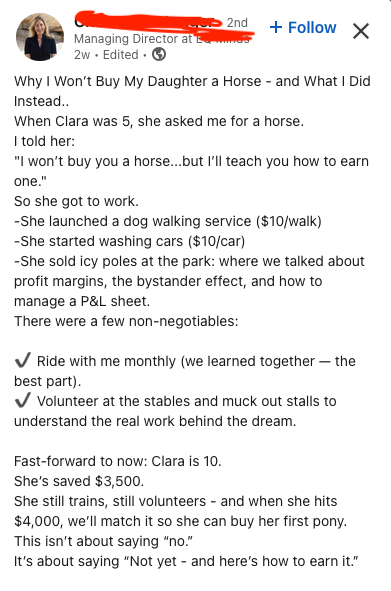
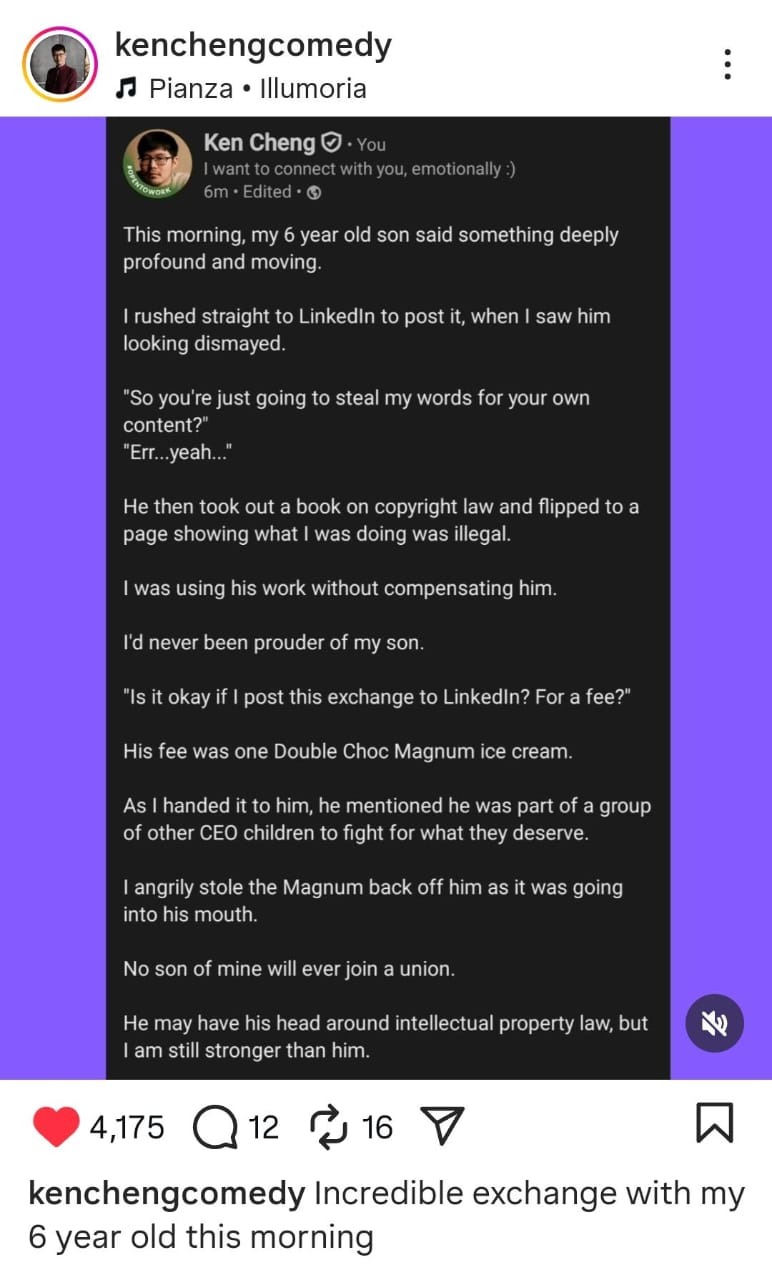
LinkedIn started off as a great platform for job listings and polite endorsements. Of course, there were the occasional “excited to announce” updates, but it was genuine.
But things changed when the algorithm started rewarding emotional content. Posts that inspired people or guildtrip people into believing that they aren’t working hard enough if they are not putting in 26 hours every day started getting more reach.
And that’s the reason why feeds are filled with rags-to-riches parables, inspiring encounters, or people selling the art of everything from sales to lead generation. Plus, ever since AI came into the picture, things like vibecoding, website creation, etc, have taken these posts to a whole new level.
LinkedIn influencer has become a pretty successful career, as creators boast millions of followers, brand deals, and keynote invites earned through posts about burnout, breakfast routines, and what failure has taught them about empathy.
The root cause of this cultural shift is emotion sells.
The mechanics of engagement farming are pretty straightforward. Craft a post that seems deeply personal but universally relatable, sprinkle buzzwords like resilience, grit, and authenticity. Finally, end with a question like, “What do you think?”
It’s emotional clickbait wrapped in professionalism. And it works perfectly. People actually love and endorse such posts, sharing similar experiences or personal stories in the comments.
But the point is that these posts seem more about traction and less about truth. It’s like the same lessons repurposed into hundreds of posts with different stories.
Reddit’s r/LinkedInLunatics, which has 853K members, catalogs this phenomenon daily. It’s entertainment but also sort of public services, exposing how the language of inspiration has become the language of manipulation.

Every culture eventually mocks its excesses, and LinkedIn’s version came in the form of memes.
TikTok, X, and Reddit users began remixing these posts, which turned out to be better than the original. Like -
“My toddler told me to stop overthinking and scale my startup globally. She gets it.”
“I told my barista I was struggling to delegate. She said, ‘Maybe the foam isn’t your problem.’ Mind blown.”
The humor had to work because it held a mirror to a digital ecosystem. This was a form of rebellion for younger professionals reclaiming sincerity from the grip of corporate performance.
Inevitably, brands wanted in. They just love virality.
Corporate accounts began copying the influencer tone, like sharing emotional customer stories, CEO reflections, and behind-the-scenes vulnerability. But in most cases, these posts were written by PR.
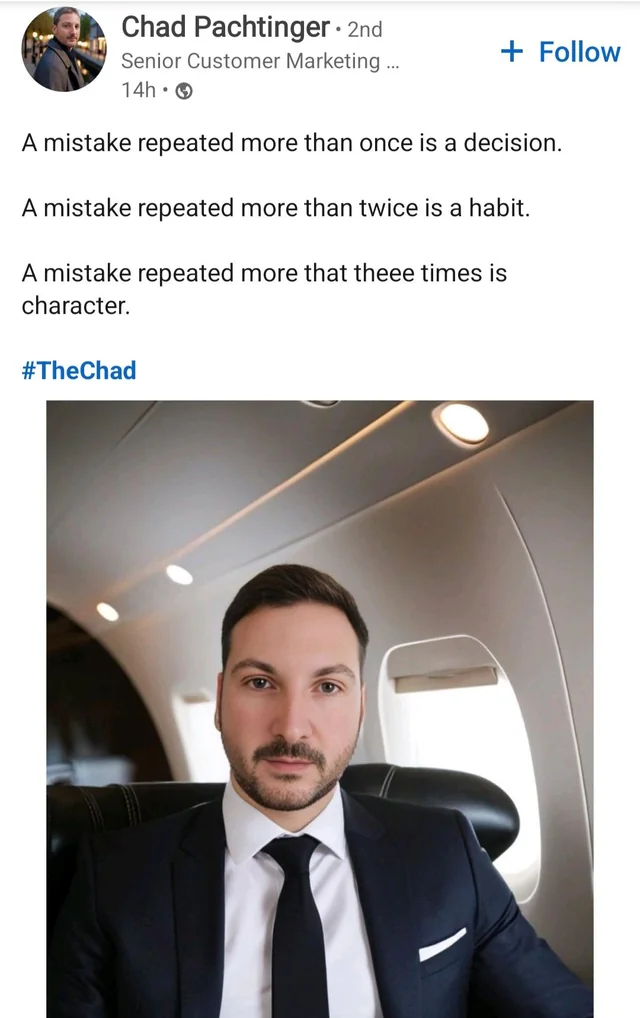
Even Fortune 500 executives joined the theater. There were posts like “Humbled to share that my morning walk reminded me of scalability.” Others celebrated firing employees as learning experiences.
Brands make a big mistake when they take LinkedIn’s emotional engagement for brand connection. The result? Their posts read like parodies of themselves. The effect was counterproductive as audiences felt more alienated as they could see through the curated persona.
Audiences are tired. The backlash isn’t just about bad posts but also about what they represent. The performative productivity, constant visibility, and weaponized optimism reflect a work culture that rewards image over impact.
Gen Z, in particular, is calling it out. They are also slowly becoming anti-hustle culture and shunning influencers who promote the phenomenon. The shift reflects something deeper, a cultural fatigue with the idea that being constantly inspirational is a prerequisite for being professional.

And just because you aren’t inspired 24/7 doesn’t mean that you lack ambition.
This exhaustion mirrors what psychologists call toxic positivity fatigue, the emotional burnout caused by relentless, shallow optimism.
And LinkedIn has an endless supply of carousels of “5 AM lessons in leadership.”
Tired of reading thought leadership and growth hacks on LinkedIn?
Maybe a few more case studies like the LinkedIn Lunatics will help.
Discover How Audience Intelligence can help your brand grow